The TSLCD network is defined as a national-scale information system, connecting from the central to the commune level to serve the agencies of the Party, the State, the Fatherland Front and socio- political organizations. The recent Decision No. 33/2025/QD-TTg clearly stipulates the organization, operation and connection of TSLCD according to the backbone network, level I and level II access networks, with the operation center, three network operation centers in Hanoi, Da Nang and Ho Chi Minh City.
Along with that, information systems and platform applications will use this network to exchange data, serve direction, operation and public services for people and businesses.
Transmission via TSLCD includes the backbone network (connecting between central, regional and provincial levels) and the access network (linking from province to commune level), ensuring that each province and each commune has a dedicated and secure transmission channel to exchange national data.

Plan No. 02-KH/BCĐTW identifies interconnected, synchronous, fast and effective digital transformation as an important task in parallel with the organization of the two-level local government apparatus. To ensure that when the organizational structure changes, the digital system is not interrupted, the specialized data transmission network must: Meet multi-level connection requirements: From the central level to provinces, communes, agencies and organizations; Ensure information security, safety and state secrets when transmitting sensitive data over specialized networks; Support flexible connection with information systems of ministries, localities, and common platform applications, so that systems can exchange data accurately and quickly; Have high redundancy and resilience, so that when incidents or interruptions occur, the system can still operate or recover quickly...
With such requirements, upgrading TSLCD infrastructure is no longer optional but a mandatory factor to maintain the long-term stability of two-level digital government.
TSLCD does not operate in isolation, it is connected to other telecommunications networks and information systems to support e- Government and Digital Government. This enables local applications, specialized software and public service systems to access data when needed.
When the dedicated network is upgraded, digital transformation applications, such as the Public Service Portal, electronic document system, and civil servant management, will have a reliable, uninterrupted transmission environment.
Increased data processing speed: Better network connectivity enables faster data retrieval, communication, and synchronization, reducing latency in communication between levels.
Security, centralized control: With a dedicated network, connections are centrally monitored and controlled, supporting information protection, avoiding the risk of disclosure and intrusion from public networks.
Reduced operating costs: A shared dedicated network helps avoid each ministry and province having to operate a separate network, reducing duplicate investments.
Support for new application deployment: When high-quality networks are ready, localities can easily deploy IOC, IoT, and real-time data monitoring solutions without worrying about transmission infrastructure issues.
The dedicated data transmission network is the backbone of the transmission infrastructure for the state's digital system, but in the period of rapid transformation and restructuring of the two-level government, it needs to be upgraded, expanded and modernized more strongly than ever. When the TSLCD is expanded to connect to the commune level, connecting with the system of ministries and local departments, data, applications and services can operate seamlessly, stably and securely.
In the journey of implementing Plan No. 02-KH/BCĐTW, upgrading the TSLCD network is not only a technical task but also a commitment to ensure that the new government system operates digitally, is interconnected, and is capable of meeting high requirements for efficiency and safety.
Source: https://mst.gov.vn/nang-cap-mang-truyen-so-lieu-chuyen-dung-buoc-then-chot-ket-noi-he-thong-chinh-tri-so-197251013223851735.htm





![[Photo] Solemn opening of the 1st Government Party Congress](https://vphoto.vietnam.vn/thumb/1200x675/vietnam/resource/IMAGE/2025/10/13/1760337945186_ndo_br_img-0787-jpg.webp)








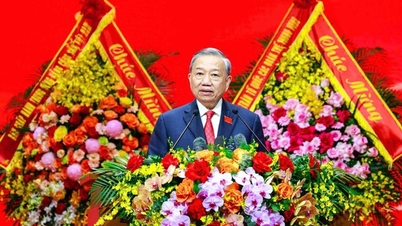





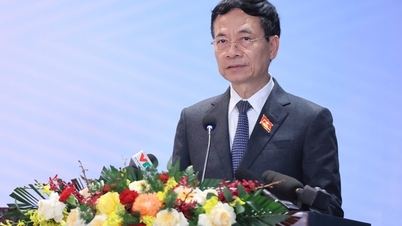
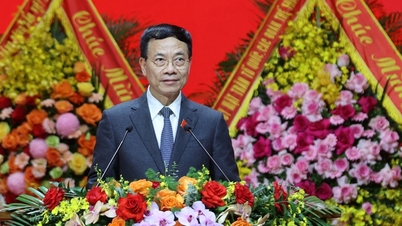
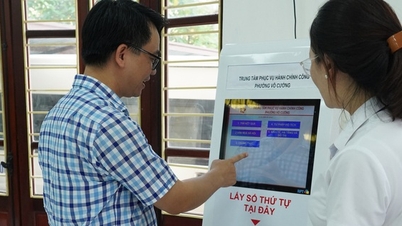


![[Photo] General Secretary To Lam attends the opening of the 1st Government Party Congress](https://vphoto.vietnam.vn/thumb/1200x675/vietnam/resource/IMAGE/2025/10/13/1760321055249_ndo_br_cover-9284-jpg.webp)














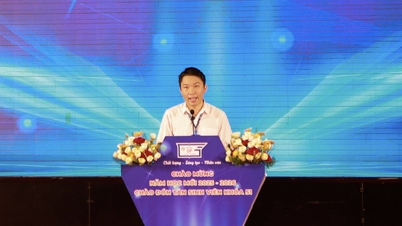










































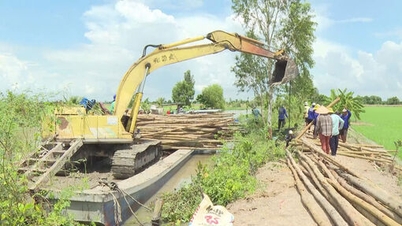
















Comment (0)